

The Snowball Earth hypothesis proposes that Earth surface's became entirely or nearly entirely frozen at least once, sometime earlier than 650 Mya (million years ago). Proponents of the hypothesis argue that it best explains sedimentary deposits generally regarded as of glacial origin at tropical palaeolatitudes and other enigmatic features in the geological record. Opponents of the hypothesis contest the implications of the geological evidence for global glaciation and the geophysical feasibility of an ice- or slush-covered ocean and emphasize the difficulty of escaping an all-frozen condition. A number of unanswered questions remain, including whether the Earth was a full snowball, or a "slushball" with a thin equatorial band of open (or seasonally open) water. Read more ...
The snowball-Earth episodes are proposed to have occurred before the sudden radiation of multicellular bioforms, known as the Cambrian explosion. The most recent snowball episode may have triggered the evolution of multicellularity. Another, much earlier and longer snowball episode, the Huronian glaciation, which would have occurred 2400 to 2100 Mya, may have been triggered by the first appearance of oxygen in the atmosphere, the "Great Oxygenation Event".
New Clues Emerge on How Life Survived 'Snowball Earth' Science Alert - June 21, 2025
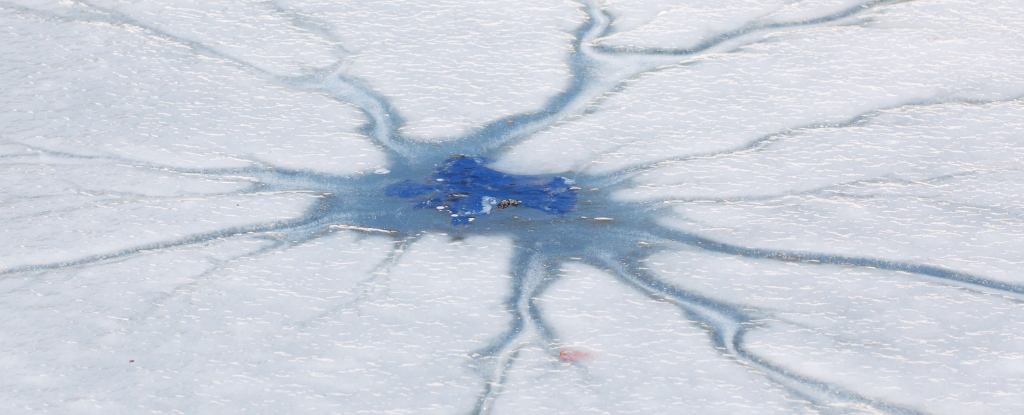
A group of scientists found an astonishing diversity of micro-organisms in tiny pools of melted ice in Antarctica, suggesting that life could have ridden out Snowball Earth in similar ponds.
The Missing Link to Snowball Earth Has Finally Surfaced Science Alert - November 12, 2024

In a team of geologists described the missing link, found in an unusual pebbly sandstone encapsulated within the granite that forms Colorado's Pikes Peak. Pikes Peak, originally named Tava Kaa-vi by the Ute people, lends its ancestral name, Tava, to these notable rocks. They are composed of solidified sand injectites, which formed in a similar manner to a medical injection when sand-rich fluid was forced into underlying rock. A possible explanation for what created these enigmatic sandstones is the immense pressure of an overlying Snowball Earth ice sheet forcing sediment mixed with meltwater into weakened rock below.
'Snowball Earth': The Best Evidence Yet May Have Just Been Found Science Alert - August 26, 2024
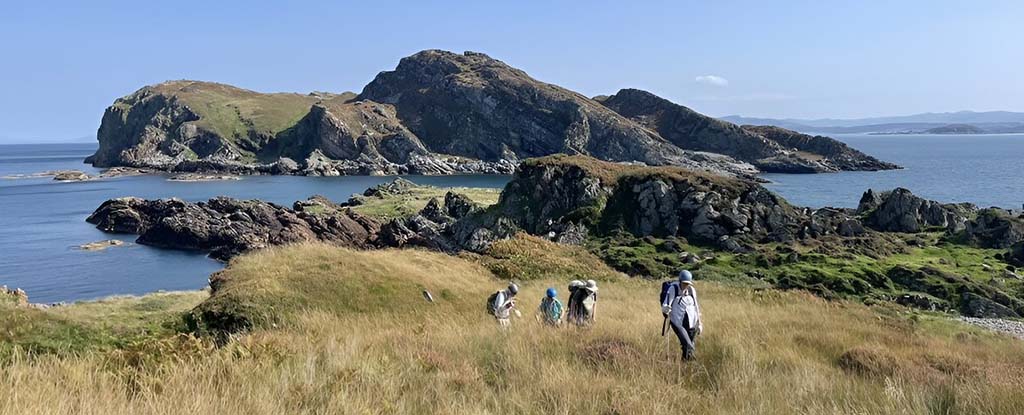
For nearly 60 million years, our home planet was likely frozen into a big snowball. Now, scientists have discovered evidence of Earth's transition from a tropical underwater world, writhing with photosynthetic bacteria, to a frozen wasteland - all preserved within the layers of giant rocks in a chain of Scottish and Irish islands.
Researchers suggest missing crust layer can be blamed on 'Snowball Earth' PhysOrg - January 4, 2019
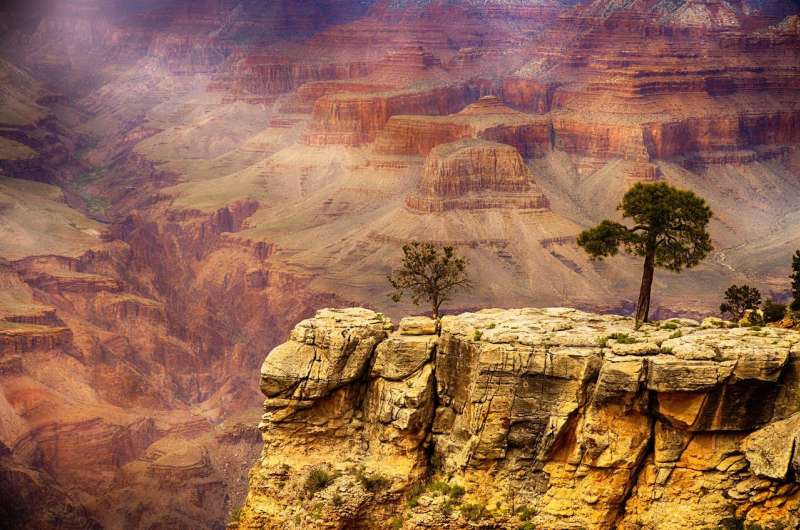
An international team of researchers has found evidence supporting a theory that suggests a missing crust layer can be blamed on "Snowball Earth." The researchers suggest that the large erosion event was the development of what has been termed "Snowball Earth" - a period when the entire planet was completely covered with ice. They believe that as the ice receded, it took a whole layer of the crust with it, dumping it into the sea. If that was the case, logic suggests, testing the seafloor should show a large layer of rock from that time period. But no such layer has been found. The researchers suggest this is because the rock was pulled into the Earth's interior by the movement of the tectonic plates occurring at the time.
Geoscientists suggest 'snowball Earth' resulted from plate tectonics PhysOrg - May 7, 2018
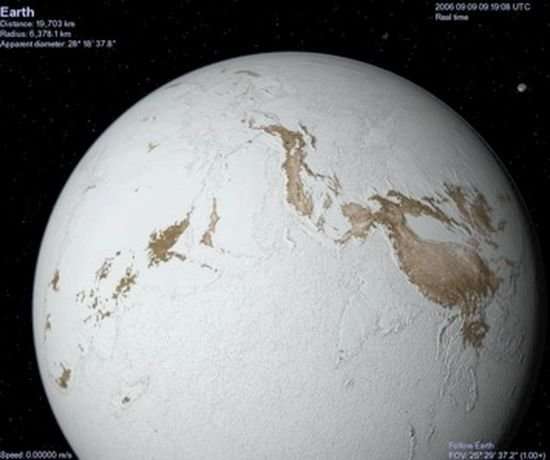
About 700 million years ago, the Earth experienced unusual episodes of global cooling that geologists refer to as "Snowball Earth." Several theories have been proposed to explain what triggered this dramatic cool down, which occurred during a geological era called the Neoproterozoic. Now geologists suggest that those major climate changes can be linked to one thing: the advent of plate tectonics. Plate tectonics is a theory formulated in the late 1960s that states the Earth's crust and upper mantle - a layer called the lithosphere - is broken into moving pieces, or plates. These plates move very slowly - about as fast as your fingernails and hair grow - causing earthquakes, mountain ranges and volcanoes.
Study debunks theory on end of 'Snowball Earth' ice age PhysOrg - May 25, 2011
A team of scientists led by researchers from Caltech report in this week's issue of the journal Nature that the rocks on which much of a theory on how the "Snowball Earth" ice age ended was based were formed millions of years after the ice age ended, and were formed at temperatures so high there could have been no living creatures associated with them.
Life may have survived 'Snowball Earth' in ocean pockets BBC - December 14, 2010
Life may have survived a cataclysmic global freeze some 700 million years ago in pockets of open ocean. Researchers claim to have found evidence in Australia that turbulent seas still raged during the period, where microorganisms may have clung on for life. Conditions on what is dubbed "Snowball Earth" were so harsh that most life is thought to have perished. Following the Cambrian explosion, about 535 Ma, there have been five major mass extinctions. The most recent such event was 65 Ma, when an asteroid impact triggered the extinction of the (non-avian) dinosaurs and other large reptiles, but spared some small animals such as mammals, which then resembled shrews.
Ice Once Covered the Equator Live Science - March 5, 2010
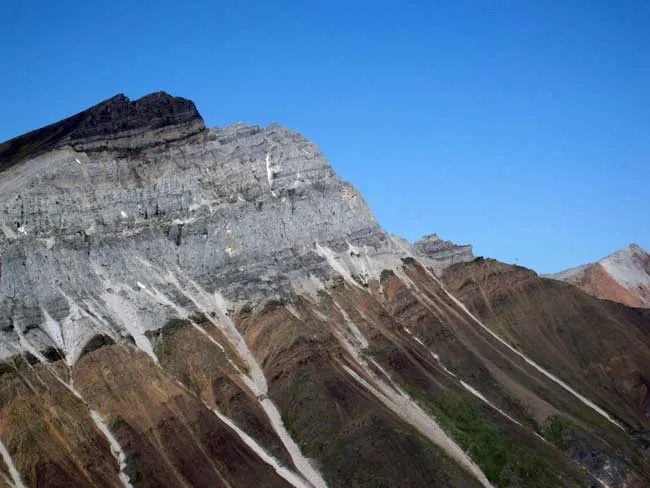
Sea ice may have covered the Earth's surface all the way to the equator hundreds of millions of years ago, a new study finds, adding more evidence to the theory that a "snowball Earth" once existed.
Ancient Rocks Show How Young Earth Avoided Becoming Giant Snowball Science Daily - February 6, 2007
A greenhouse gas that has become the bane of modern society may have saved Earth from completely freezing over early in the planet's history, according to the first detailed laboratory analysis of the world's oldest sedimentary rocks.